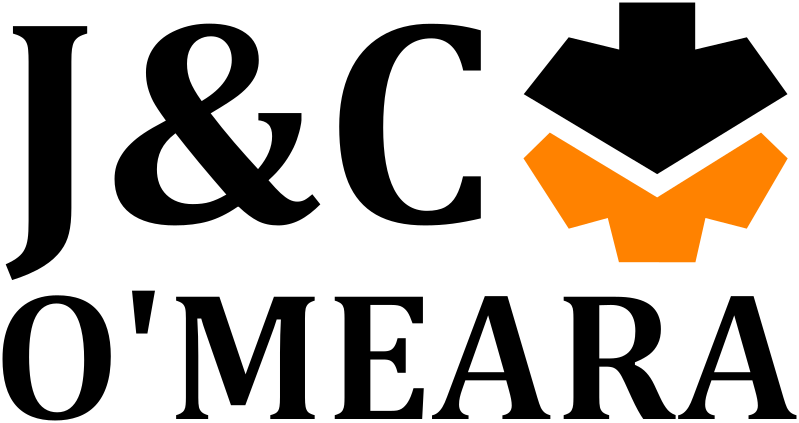How to Maintain Your Houfek Equipment for Longevity
- John Shepperd

- May 16
- 3 min read

Houfek machines are built to work hard. Known for their solid construction and industrial performance, these machines are trusted by joinery workshops and manufacturers across Europe. But even the most robust equipment needs regular maintenance to stay reliable and deliver consistent results.
Whether you own a Houfek planer, thicknesser, or wide belt sander, following a structured maintenance routine can significantly extend its lifespan and ensure optimal performance. In this article, we explore practical steps and key Houfek maintenance tips that every operator should follow.
Daily Cleaning is Essential
Dust and debris are an inevitable part of woodworking, but they can also be the source of major performance issues. At the end of each working day, make it a habit to clean your Houfek machine thoroughly.
Focus on:
Cleaning infeed and outfeed tables to prevent scratches and feeding problems
Vacuuming or brushing around the cutterblock or sanding head
Wiping down control panels and height adjustment wheels
Clearing out dust extraction ports and checking that the extraction system is functioning properly
Dust build-up can cause overheating, affect belt tracking, and even reduce the accuracy of your cuts or sanding operations.
Keep Cutting Tools Sharp
If you operate a Houfek planer or thicknesser, sharp knives are critical to achieving clean, accurate surfaces. Dull blades can cause tear-out, burn marks, and increased wear on your motor.
Most Houfek models come with either a traditional 4-knife cutterblock or optional Tersa or spiral blocks. Regardless of the type, monitor the condition of your knives regularly and replace or rotate them as needed.
Be sure to:
Follow safe lock-out procedures before servicing blades
Use the correct torque and alignment procedures for your cutterblock
Keep spare knives on hand to minimise downtime
Sharp cutting tools not only improve finish quality—they also reduce strain on your machine.
Inspect Belts, Bearings, and Moving Parts
On Houfek wide belt sanders such as the Bulldog 5 C1300, sanding belts, conveyor systems, and rollers must all be checked for wear. Run the machine at a slow feed rate and watch for misalignment, slippage, or noise. Replace sanding belts before they begin to clog or fray, and ensure tracking is correctly adjusted.
Also inspect:
Feed belts or chains for tension and wear
Pressure rollers for smooth operation
Bearings and bushes for signs of play or resistance
Lubricate moving parts as per the manufacturer’s schedule, using recommended greases and oils. Too much lubrication can attract dust; too little can lead to overheating or seizing.
Calibrate for Accuracy
Even the most rigid machines can drift out of alignment over time. For planers and thicknessers, check that the cutterblock is parallel to the table, and that the thickness bed is level across its full width.
Use feeler gauges or test boards to confirm:
Flatness of the infeed and outfeed tables
Parallelism of the fence and cutterblock
Accuracy of the thickness readout (manual or digital)
For wide belt sanders, ensure that the sanding head applies even pressure across the panel width, and that feed rates and belt speeds are set correctly for the material.
Performing these checks monthly will help you avoid rework and maintain surface quality.
Look After Electronics and Safety Systems
Houfek machines are designed for safety and efficiency, often incorporating emergency stops, overload protection, and electronic height controls.
Maintain these features by:
Testing emergency stop buttons weekly
Checking that digital displays and switches respond correctly
Ensuring the motor brake engages promptly when the machine is powered down
Keeping control panels clean and moisture-free
These simple checks help protect both the operator and the equipment from unexpected failures.
Plan for Long-Term Care
It’s wise to keep a maintenance log, noting when belts, blades, and bearings were last replaced or inspected. This helps prevent missed service intervals and allows you to anticipate future maintenance costs.
If you're unsure about a particular issue or require support, J&C O’Meara offers servicing for all Houfek woodworking machinery. Their team can provide professional inspections, replacement parts, and hands-on guidance for more advanced maintenance tasks.
Final Thoughts
Maintaining your Houfek equipment doesn't require complex procedures—but it does demand consistency. A clean, calibrated, and well-serviced machine performs better, lasts longer, and produces higher-quality results day after day.
By following these Houfek maintenance tips and partnering with a trusted supplier like J&C O’Meara for technical support, you can get the most from your investment and ensure your workshop runs smoothly for years to come.



